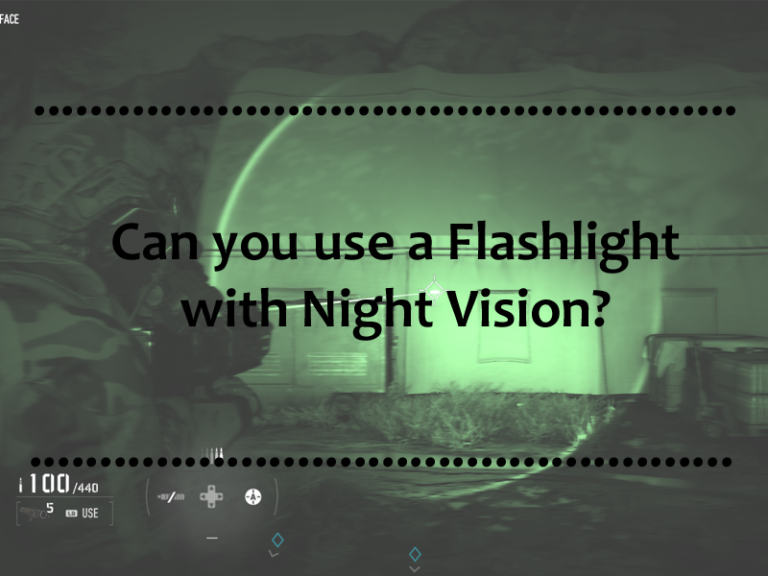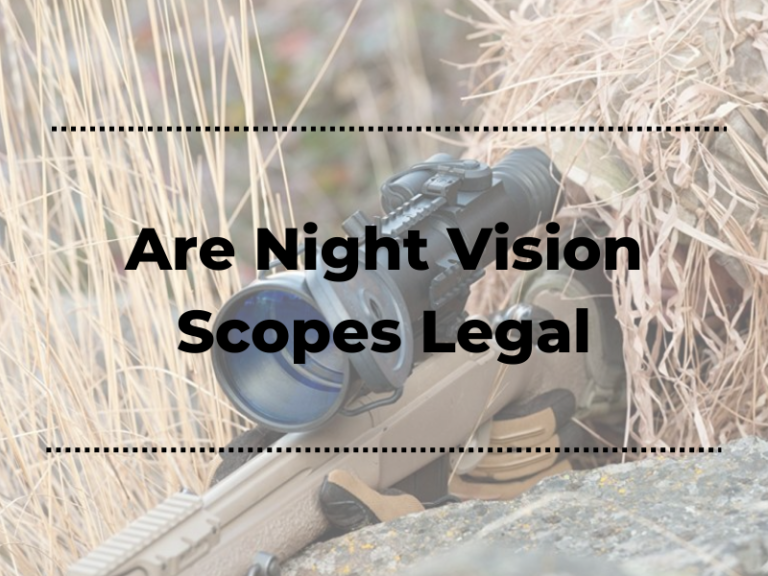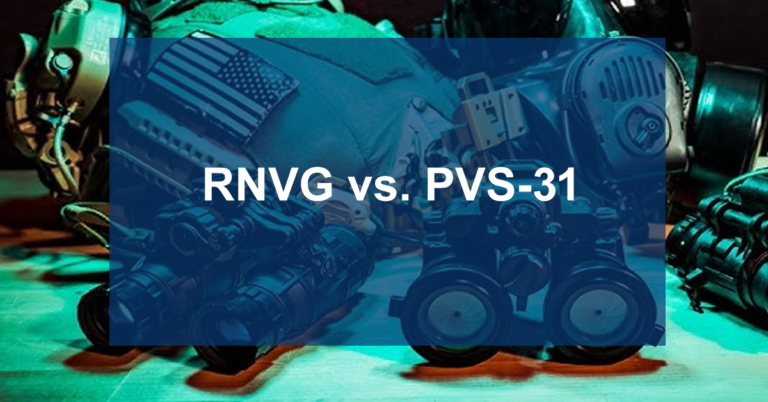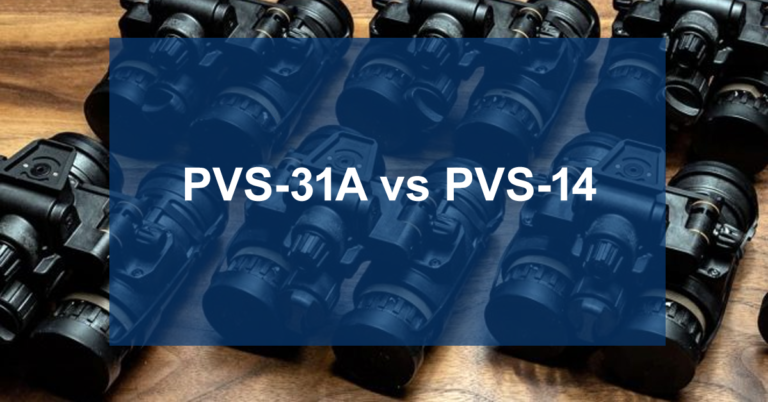Night Vision White Phosphor or Green Phosphor?
Night vision green and white has very different applications, as the green light is better in a dark environment, and white light is easier to see in a bright environment. So, how do you compare the night vision white phosphor or green phosphor?
Two different technologies are used in night vision green and white, which work with different wavelengths of light. Green and white light is typically used to assist in different situations. For instance, a night vision green scope helps the user to detect objects in dim light. On the other hand, night vision white assists the user in seeing a bright light.
Let’s know further about the Green Night visions vs. white and their uses.
What is a Night Vision Phosphor Screen?
A night vision phosphor screen is just a fancy name for a phosphor. In other words, it’s a layer of phosphor on a piece of glass that is used to create an image. The screen is made of multiple layers, with different phosphors on each layer. The phosphor screens on night vision devices are often red, green, or blue, depending on the wavelengths of light that the device uses.

For example, if you look at the front of a digital camera, you’ll notice that the LCD panel is illuminated by white LEDs. White LEDs emit light in the entire visible spectrum, so they are used to illuminate the LCD display and also to illuminate the night vision phosphor screens of cameras, binoculars, and night vision goggles.
Types of Night Vision Devices
Night vision devices have three main types: green, white, and red.
Types of night vision devices come in various shapes and sizes, but all have one common goal: to allow you to see in the dark.
1. Green Night Vision Devices
Green night vision devices work best in bright light conditions. They use a medium power bulb to illuminate the area around your device. These devices are perfect for inspecting construction sites or tracking objects during an emergency.
2. White Night Vision Devices
White night vision devices work best in low-light conditions. They use a high-power bulb to illuminate the entire area around your device. This device is perfect for applications such as driving or short-range target shooting.
3. Red Night Vision Devices
Red night vision devices work best in very dark conditions. They use an ultra-high power bulb to illuminate the entire area around your device.
Night Vision White Phosphor VS Green Phosphor

Which is better? Night vision green or white phosphor? The answer isn’t simple. White light is the most common lighting source for night vision devices. It is also often used in military applications, search and rescue, and the construction industry. The white light is emitted by LEDs (light-emitting diodes).
White light consists of a broad spectrum of wavelengths; the human eye can see about 450 to 700nm. The light emitted by a night vision device is narrow band and optimized to be detected only by our eyes. A night vision green filter is a special type of lens that enhances the color of white light.
Advantages of Using Green Phosphor
Green phosphors are very low energy, meaning that you don’t need to use a lot of battery power to get a good picture, making it perfect for those situations where you only have a limited amount of battery power (for example, if you’re using a camera on a drone).
They are also resistant to false positives, which means you don’t see what isn’t there. Green phosphors can be used both day and night, making them ideal for a range of applications. While, the green night visions are also more sensitive than red phosphors, allowing you to see better in darker conditions.
Advantages of Using White Phosphor
White phosphor night vision equipment has some advantages over traditional night vision goggles. It uses less power and can be used in lower light environments.
The night vision camera is usually attached to a small remote control device that allows the user to view the video image in real-time. Also, the white phosphor night vision equipment is generally a good choice for military and police applications because it is less expensive than traditional night vision technology.
Is green or white night vision better?
A lot depends on which brand, model, and type of optical system. Some systems are made for one specific purpose. For instance, some night vision systems were designed to be used by helicopter pilots. The quality of night vision is best during certain conditions like dusk and dawn
Generally, the color spectrum available at night can range from deep blue to red or orange depending on the type of light pollution in the area where the aircraft is flying.
FAQs – Night Vision Green VS White
How do night vision green vs. white compare in terms of performance?
Night vision green is typically more effective than white in terms of seeing in the dark.
What are the best features of night vision Green?
Night vision Green is equipped with a high-resolution sensor that allows for superior clarity when viewing at night. It also has low light sensitivity, making it perfect for dark environments.
What are the best features of night vision White?
Night vision White can provide better visibility in low light conditions. It is also less likely to cause eye fatigue.
How does night vision green vs. white cameras work?
Night vision green cameras use light scattered in many directions, while white cameras use a single focused light source. This difference in how images are created causes the camera to see objects differently.
Conclusion
Night vision green vs. white may seem like a difficult decision, but in the end, it comes down to personal preference. Night vision green is better for people looking for an unobstructed view, while white is better for those who need to see in low light. So make sure you take the time to compare and decide what works best for you.





